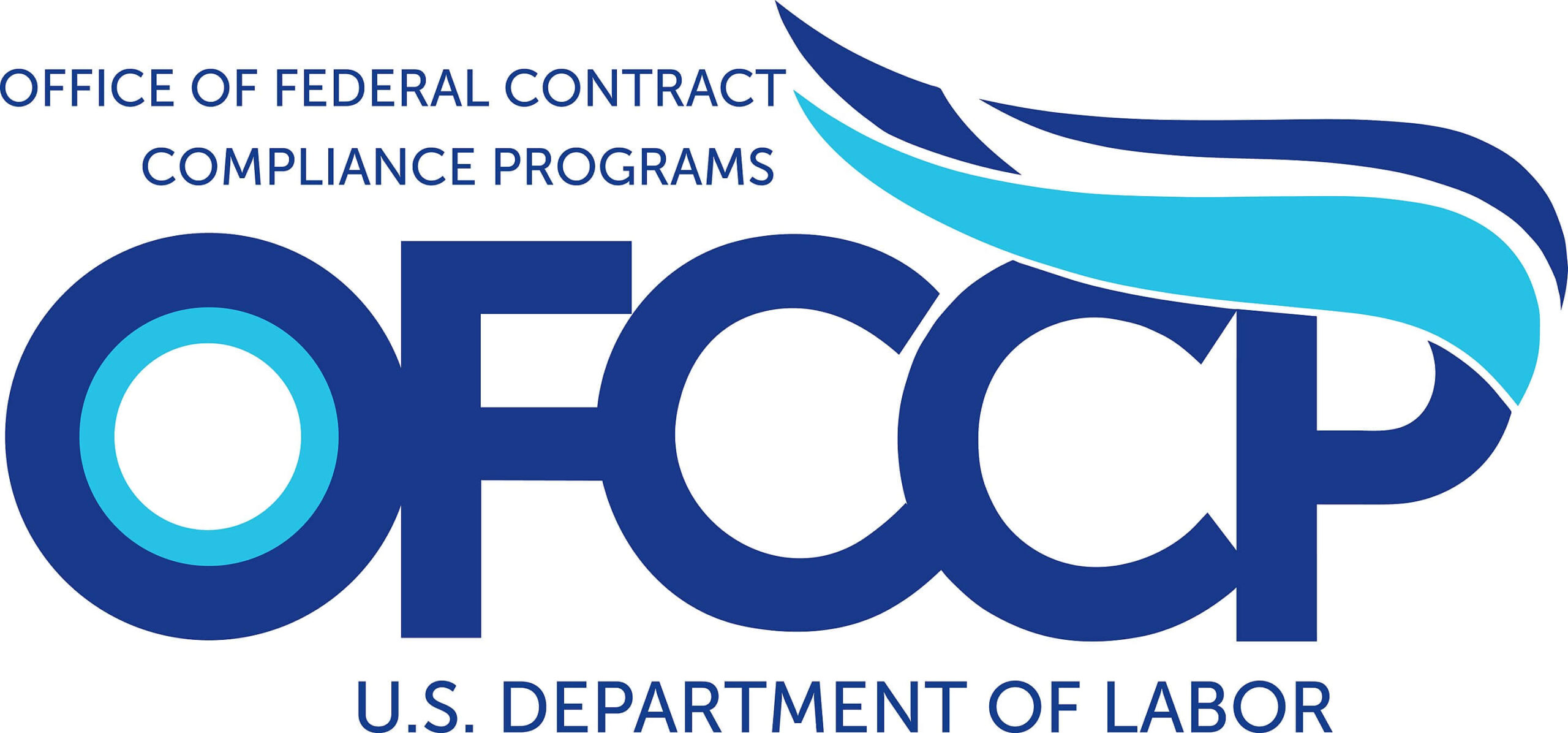Government contractors are entering the 2018 EEO-1 reporting cycle facing a confusing landscape when it comes to reporting the gender of their employees. Contractors face an employment marketplace that is dealing with gender in new ways while dealing with federal government reporting requirements built on traditional gender models. This confusion will likely not disappear anytime soon, and the landscape may become even more complicated in the future.
The Equal Employment Opportunity Commission (EEOC) and the Office of Federal Contract Compliance Programs (OFCCP) both provide protections against discrimination on the basis of gender identity. The EEOC interprets the prohibition of sex discrimination in Title VII of the Civil Rights Act to forbid “employment discrimination based on gender identity.” The EEOC’s guidance states that this protection arises from recent decisions from the Supreme Court of the United States and other courts prohibiting discrimination on the basis of sexual orientation or gender identity. The EEOC has also posted a page titled “Preventing Employment Discrimination Against Lesbian, Gay, Bisexual or Transgender Workers” that includes gender identity in its protections.
Gender identity is also included within the protections of Executive Order 11246 and OFCCP regulations issued in 2015. These regulations include gender identity in the definition of “sex,” thereby prohibiting discrimination against applicants or employees on the basis of their gender identity. OFCCP has followed up on these regulations by issuing a training webinar, publishing a list of answers to frequently asked questions (FAQs), and maintaining a webpage collecting related information. The FAQs are focused on sexual orientation and gender identity, and they cover a variety of topics, including definitions and appropriate ways for job advertisements to take into account gender identity protections. The FAQs state that gender identity “refers to one’s internal sense of one’s own gender” and that this internal sense “may or may not” correspond to the “sex assigned at birth” and may not be “visible to others.”
OFCCP’s FAQs include a section dealing with self-identification that states that a contractor cannot ask applicants or employees to prove their gender identity. The FAQs also provide clarity for employers that voluntarily collect gender identity information for applicants and employees, stating that when employers collect such information, OFCCP may request the collected data during an investigation or compliance evaluation when “relevant.” It then states that contractors should not be deterred from collecting such information for this reason. The FAQs make it clear that while contractors do not have to collect gender identity information, they are encouraged to collect data that furthers their diversity and inclusion efforts.
OFCCP and the EEOC’s gender identity protections are focused on individuals who do not identify with their gender assigned at birth and who wish to be identified as the opposite gender. These protections do not address situations in which individuals do not identify as either male or female. These individuals believe that while gender has traditionally has been a binary choice, there are options outside the traditional male and female categories.
This movement toward non-binary gender categories goes beyond the protections provided by OFCCP and the EEOC. This conclusion is supported by a review of both agencies’ gender reporting requirements. The EEOC’s EEO-1 Instruction Booklet does not discuss gender, and the EEOC has yet to publish any guidance on how to deal with employees who do not identify as either male or female. But completion of mandatory EEO-1 reports requires employers to identify all employees’ gender as either male or female. The EEOC has made it clear that employees who decline to self-identify may not be excluded from EEO-1 reporting as to race/ethnicity. All employees must be accounted for, and there are “no ‘OTHER’ or ‘UNKNOWN’ race/ethnicity categories.” This requirement likely applies to gender as well. Likewise, the OFCCP regulations discussing affirmative action programs require employers to classify employees as either male or female. (41 C.F.R. §§ 60-2. 10 – 60-2.17.) Both agencies’ reporting requirements treat gender as a binary choice.
While the EEOC and OFCCP view gender through the traditional binary lens, several jurisdictions allow individuals to identify their gender as neither male nor female. Oregon and Washington, D.C., were the first jurisdictions to allow non-binary gender identification in government documents. Other cities and states already allow or are in the process of allowing non-binary gender identification, including New York City and California. While individuals in these jurisdictions can identify their gender as non-binary on public documents, federal law does not require employers to provide this option to applicants and employees. However, some employers have already started providing this option to applicants and employees. When government contractors provide the option for non-binary gender identification, they must deal with several resulting questions.
If an employer allows an individual to identify as non-binary, the employer must then decide how to report that individual’s gender when dealing with the EEOC and OFCCP. Since both agencies require binary gender identification for all employees, a government contractor would need to reclassify as either male or female all individuals who identified as non-binary. The EEOC’s guidance for dealing with employees who decline to self-identify as to their race/ethnicity directs employers to use “employment records or observer identification” to determine the employee’s race/ethnicity. This same approach would seem to apply to an individual who chooses not to identify as either male or female.
Contractors with non-binary employees must first decide whether to report these employees as male or female using either observer identification or employment records. This can be especially difficult where the employees have directly stated that they do not fit in either category. Once the contractor makes this difficult choice, it must then decide how to record the individual’s gender identity in its records. The contractor may decide to keep two sets of records for gender: one set for internal purposes and one set for federal reporting purposes. The contractor may also want to consider what information it will provide to non-binary individuals who are classified as male or female for federal reporting purposes. While having a conversation about binary federal reporting may be difficult, it might alleviate problems that can result from non-binary individuals discovering that a contractor reported them as male or female without their knowledge.
Contractors that allow employees to identify their gender as non-binary may also want to consider whether to provide this option throughout the organization or only in jurisdictions with non-binary gender regulations or laws. Contractors with wide geographic footprints may also want to consider how they will define gender across the organization. For instance, contractors could define gender differently based on whether jurisdictions recognize non-binary gender identifications, or they could maintain the same definition across the entire organization. Due to jurisdictional differences, in some ways, these questions about non-binary gender identity mirror the issues contractors face when dealing with different minimum wage rates across their operations.
While the current gender classification landscape for government contractors is already confusing, it may become even more challenging, as OFCCP may soon release a notice of proposed rulemaking designed to increase protections for “religious-exercising organizations.” While the content of this proposed rulemaking is unknown, it could impact existing gender identification protections. There have also been rumors of deeper changes to the definition of “gender identify,” which could further complicate a government contractor’s efforts to comply with its reporting obligations while dealing with society’s changing understanding of gender.
For now, contractors will be required to classify all individuals as male or female on their EEO-1 reports and affirmative action programs. Making this decision can be difficult, especially where individuals have identified their gender as non-binary.
A version of this article was previously published in The OFCCP Digest.





